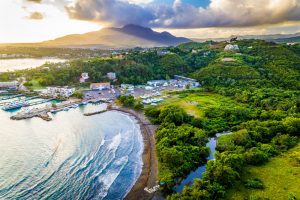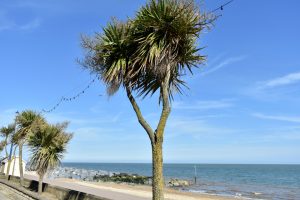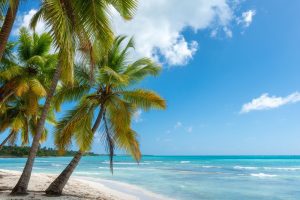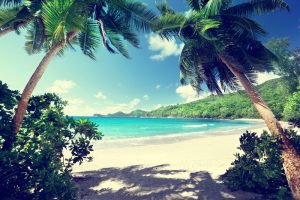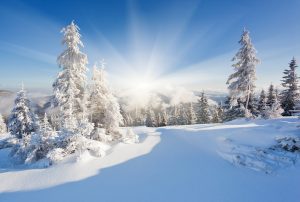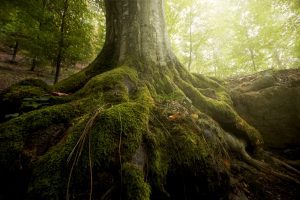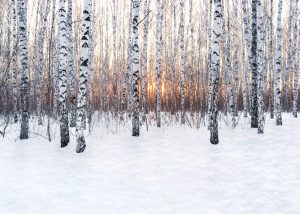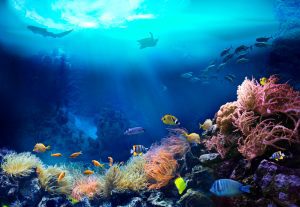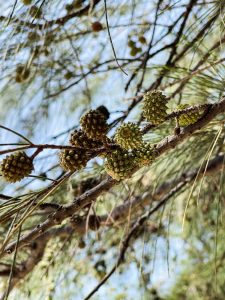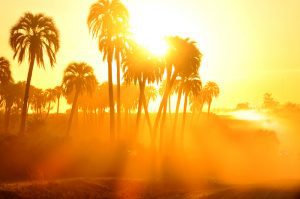Cold temperatures, as well as limited blooming periods, hamper tree development in the tundra biome, as classified in physical geography.
The Russian word тундрa, which means mountain tract without trees, is the root of the English word tundra.
The tundra ecosystem is a chilly, frozen region for most of the year. To thrive in this biome, flora, and fauna must be capable of adapting to the harsh weather as well as the short growing season.
So you may wonder, does Antarctica have tundras?
Yes! There are two distinct areas where the tundra grows. These are far south regions like Antarctica tundra and northern regions like Arctic tundra, which you’ll find on high-latitude landmasses above the Arctic Circle, such as in Scandinavia, Iceland, and Greenland.
In the alpine tundra, the nighttime temperature drops below freezing at very high elevations atop mountains.
Table of Contents
Are tundras considered deserts?
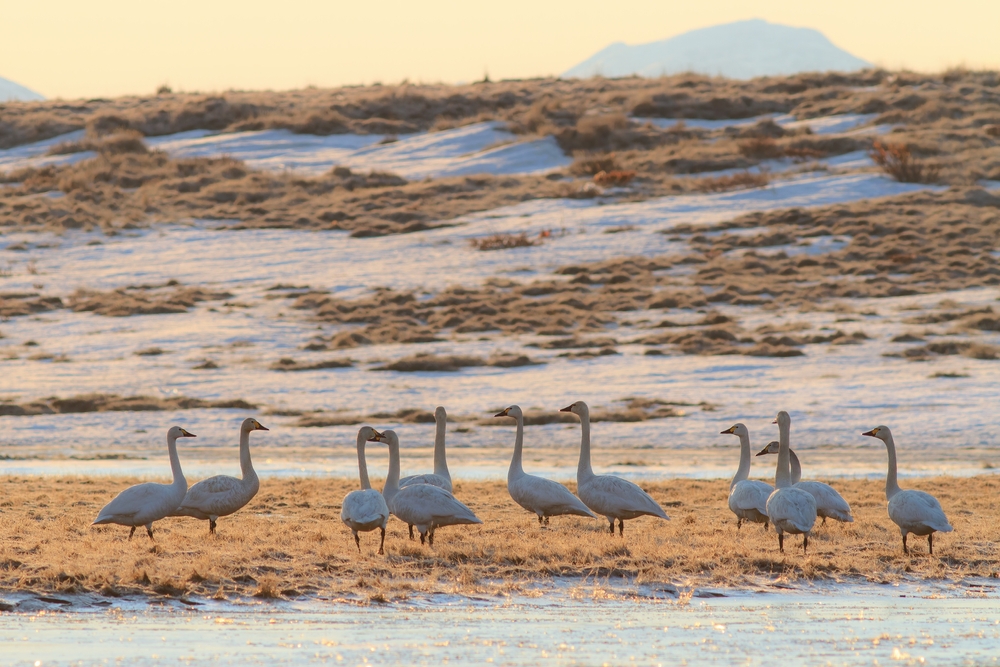
Tundra regions are sometimes known as deserts since they receive fewer than 10 inches of rain per year.
For six to ten months of the year, they experience lengthy, cold winters with heavy winds as well as average temperatures that are below freezing.
Temperatures and daylight are ideal for plant growth for maybe six to ten weeks of each year.
On average, there’s just a thin layer of unfrozen soil for tree plants to survive in permafrost or earth that stays frozen year-round in the Arctic.
Several of the nutrients plants require to thrive are similarly in short supply in tundra soil.
Characteristics of Antarctica’s Tundra
As a result of these conditions, the tundra biome is characterized by the absence of trees in its vast majority.
Small shrubs, as well as lichens, wedges, mosses, and grasses, make up the low-to-the-ground vegetation in the tundra, which is better suited to the harsh climatic conditions.
Animal Life in Antarctica
Additionally, the animals that live in the tundra are suited to harsh environments, and they capitalize on the short growing season to feed on the abundance of plant and insect life.
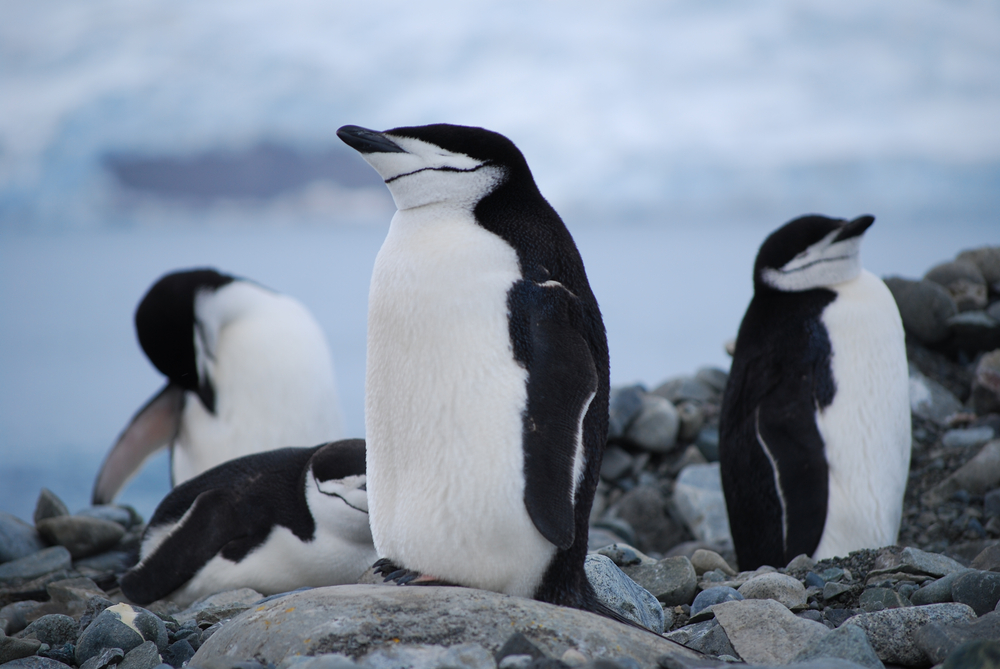
There are both tiny and large mammals in the tundra ecosystems, such as caribou, arctic hares, and arctic ground squirrels.
During the winter, these species accumulate fat reserves to insulate them from the cold.
Further insulation is provided by their dense fur. Throughout the long winter months, some animals opt to hibernate to preserve energy.
The winter season is a time when many animals head south to escape the cold. During the growing season, many birds come to the tundra to eat, mate, and raise their young.
The food chain cycle on a tundra
Polar bears and other tundra predators, including arctic foxes and arctic wolves, are at the top of the food chain.
They move into the tundra throughout the summertime whenever prey is abundant.
That’s because their typical hunting grounds on the sea ice are reduced due to thinning ice cover.
During the winter, many animals – both predators and prey – grow white coats of fur or feathers to help them blend into the snow and ice.
To cope with the frigid temperatures of the tundra, insects such as mosquitoes have developed antifreeze chemicals that keep their bodies’ fluids from freezing.
The impact of oil extraction on a tundra
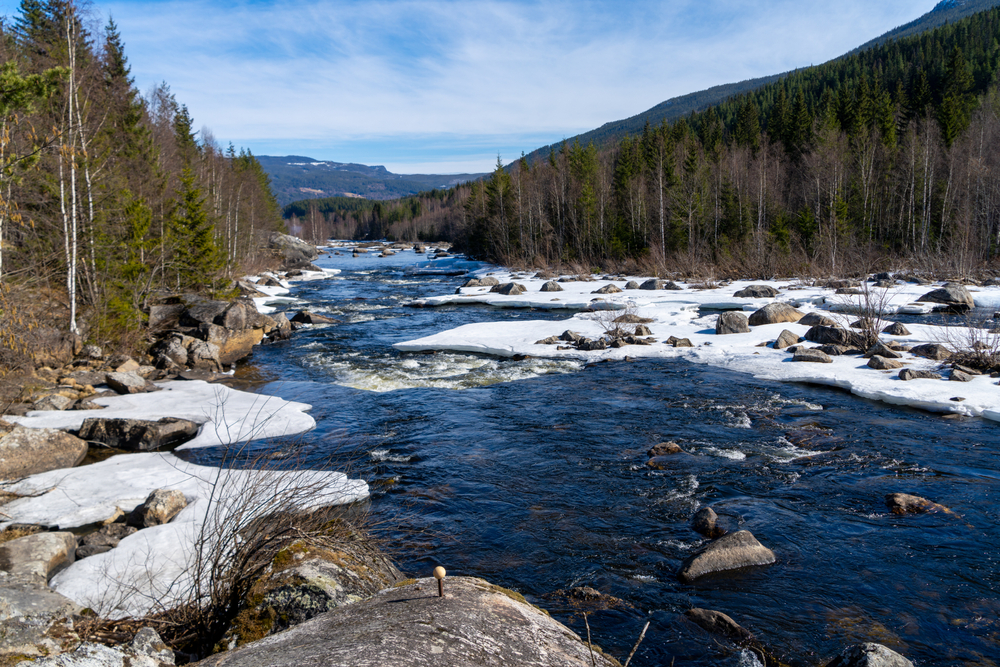
People are encroaching on the distant tundra to develop or extract oil, making it more vulnerable to destruction.
Climate change, on the other hand, poses the greatest threat. The thawing of the permafrost beneath the freezing tundra biome could lead to the release of carbon dioxide that would exacerbate climate change.
What exactly is Antarctica?
The continent of Antarctica is the sixth-largest continent on Earth. It is impossible to see the whole continent because of the thick layer of ice that blankets it.
The continent of Antarctica encircles the planet’s southernmost point.
In Antarctica, the temperature can drop below minus 90 degrees Fahrenheit. In the winter, the temperature is so low that water freezes at all times.
In the heart of Antarctica, the temperature is a lot lower than it is on the coastlines.
Summer and winter are the two seasons in Antarctica. The inclination of the Earth’s axis in space is constant.
It’s during summer that Antarctica is on the side of the Earth that faces the sun. All year round it’s sunny here during that time.
Antarctica will be on the side of the planet that is slanted away from the sun during the winter months.
The continent is permanently covered in darkness.
Is Antarctica a desert?

The continent of Antarctica is a desolate wasteland and considered a desert. There isn’t a lot of precipitation or snowfall.
It takes many years for snow to turn into ice sheets, which are big, dense layers of ice that form when it snows.
There are a lot of glaciers, ice shelves, as well as icebergs in Antarctica.
There are no plants or shrubs in Antarctica. Moss and algae are the only organisms that can survive in a location like this.
Does anyone live in Antarctica?
People can’t live in Antarctica for lengthy periods because it is too cold. The ice there is studied by scientists on a rotating basis.
Antarctica sees a spike in summertime tourism. Many different species of whales can be found in the waters surrounding Antarctica, and people come to see them in their massive numbers.
Seals and penguins are also found in Antarctica.
Where does Antarctic tundra occur?
Numerous subantarctic islands and the Antarctic, such as the Kerguelen Islands, the South Sandwich Islands, and South Georgia, have Antarctic tundra.
Almost the whole continent of Antarctica is covered with ice fields since it is far too dry as well as cold to host any kind of flora.
However, there are pockets of rocky soil on the Antarctic Peninsula where plants can thrive.

Flora on Antarctica tundra
Currently, the flora on the continent’s exposed rock and soil includes 300–400 lichens, a hundred mosses, 25 liverworts, and 700 terrestrial and aquatic algae species.
The northern and western portions of the Antarctic Peninsula are home to Antarctic hair grass and Antarctic pearlwort, Antarctica’s two blooming plant species.
Mammalian life on Antarctic tundra
Large mammals are absent from the Antarctic tundra, in contrast to the abundant wildlife found in the Arctic.
This is largely due to the continent’s geographic isolation. Seals and penguins are among the many sea mammals and birds that call the shores of the subantarctic islands home.
Humans have also brought in small mammals like rabbits and cats. Bounty and Macquarie islands are part of the Antipodes Subantarctic Islands tundra ecoregion, which also includes the Auckland and Antipodes Islands.
Corybas dienemus and Corybas sulcatus, the only subantarctic orchids, as well as the royal penguin and the Antipodean albatross, are all unique to this ecoregion.
Is Antarctic tundra protected?
Magellanic moorland, located on the west coast of Patagonia, has some debate as to whether or not it could be classified as a tundra.
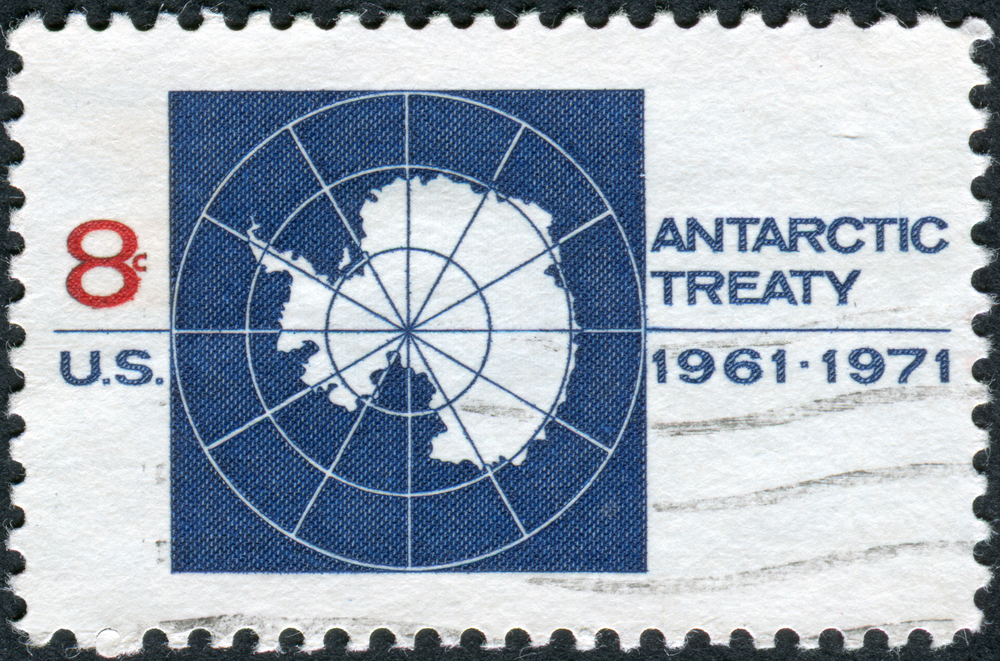
Edmundo Pisano, a phytogeography expert, referred to it as tundra because of the low temperatures, which he believed were crucial in limiting plant growth.
The Antarctic Treaty safeguards the region’s flora and fauna south of 60 degrees south latitude.
Where does Arctic tundra occur?
You’ll find Arctic tundra in the extreme Northern Hemisphere, north of the taiga belt.
Typically, the term “tundra” only refers to locations with permafrost, or permanently frozen soil, like the subsoil.
This may also refer to the treeless plain, which includes northern Sápmi. In Russia and Canada’s far north, enormous swaths of tundra are permanently frozen.
Nganasan and Nenets, two nomadic reindeer herder tribes, live in the permafrost area of the northern tundra.
The Arctic seasons
The polar tundra has two distinct seasons: winter and summer. Weather conditions can range from bitterly cold to downright miserable during the winter months when the mercury drops to as low as -28 degrees Celsius (-58 degrees Fahrenheit).
Nevertheless, severe winter conditions on the tundra are never as low as those encountered in taiga regions deeper south (for instance, Russia’s, as well as Canada’s coldest degrees, were documented in regions below the tree line).
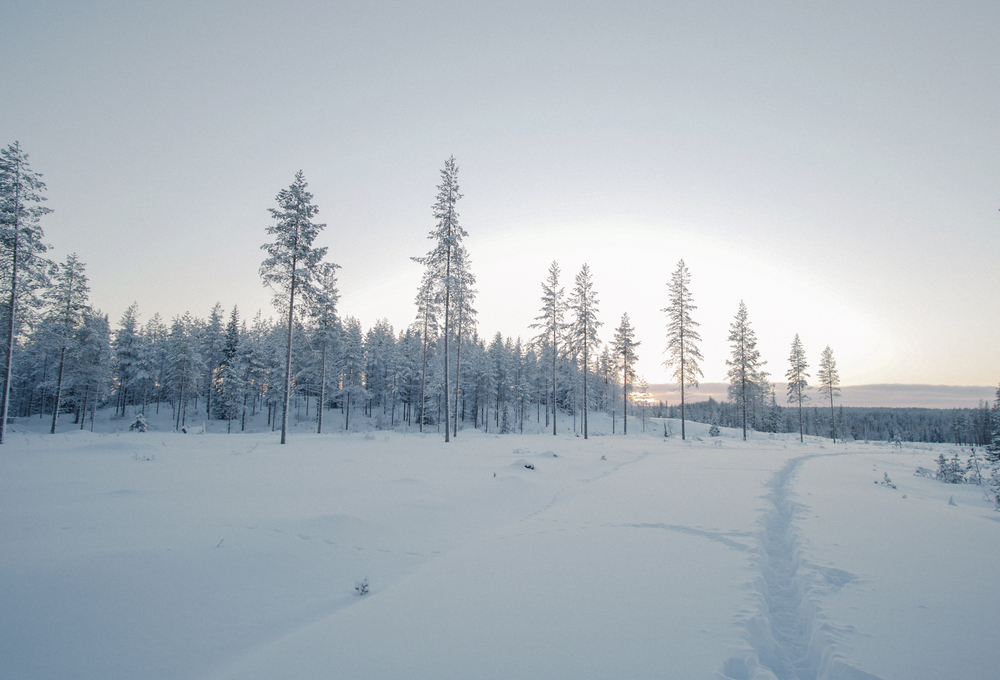
When the temperature increases in the summertime, the top covering of periodically frozen earth thaws, leaving the ground drenched.
Tundra is blanketed in lakes, bogs, and marshes throughout the summer months when temperatures rise.
Most days are around 12 degrees Celsius (54 degrees Fahrenheit) in the summer, but there are plenty of occasions when it drops significantly.
Habitat conservation efforts are sometimes launched to protect the Arctic tundra. Several of these locations are safeguarded under a National Biodiversity Action Plan in Russia and Canada.
What are Alpine tundras?
The temperature and soil at such high altitudes prevent tree development, hence there are no trees in the Alpine tundra.
The Alpine tundra has a similar environment to the polar regions because of the low air temperatures.
There is less permafrost in the Alpine tundra than in the Arctic tundra, and the alpine soils are better drained than those in the Arctic tundra.
Krummholz, or stunted forests, occur in the forest-tundra transition zone (the treeline), where Alpine tundra changes to subalpine forests.
The prominence of Alpine tundra
Every mountain has an Alpine tundra. In the Alpine tundra, the plants growing close to the earth include perennial grasses, forbs, cushions, mosses, as well as lichens.
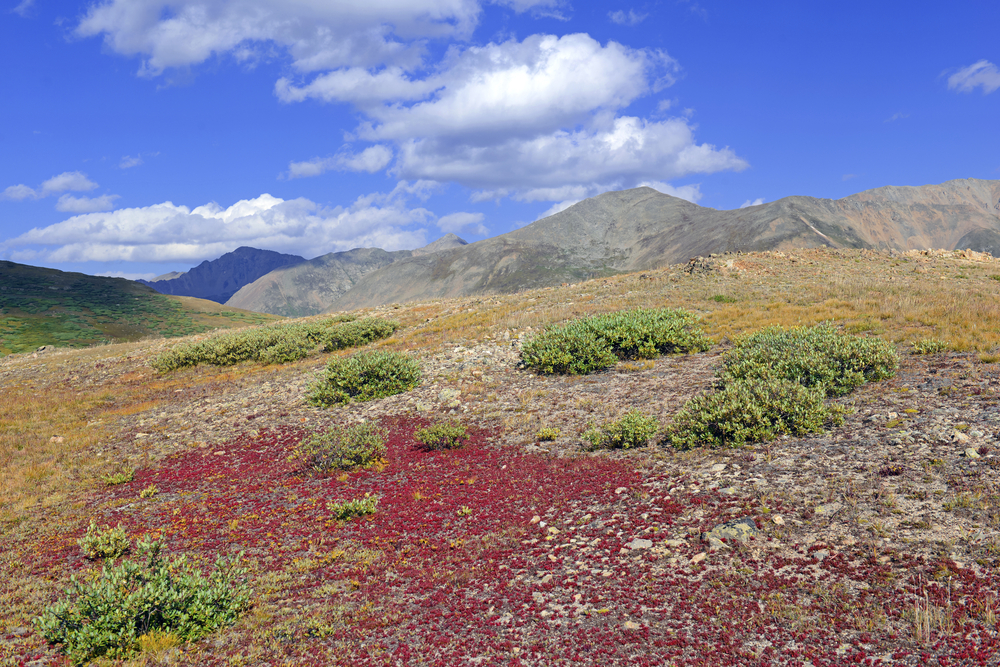
Cold temperatures, drought, UV exposure, and a short growing season have adapted the vegetation to the severe alpine environment.
NASA’s exploration of Antarctica
Exploring Antarctica offers NASA a unique opportunity to learn more about our planet.
Antarctica is being studied by NASA via satellites. NASA is interested in learning about the climatic changes occurring in Antarctica.
Scientists are interested in learning more about the effects of climate change on Antarctica’s ice sheet.
Moreover, they want to know how fluctuations in Antarctica’s ice will affect the temperature of the rest of the world.
Planning Antarctic expeditions
ICESat is one of the tools NASA uses.
The Ice, Cloud, and Land Elevation Satellite is what monitors the size of Antarctica’s ice sheets.
In addition, ICESat aids NASA in determining the potential impact of shifting polar ice on the rest of the earth.
Antarctica’s thinning ice sheets could raise the world’s oceans.
Scientists have also been able to construct comprehensive maps of Antarctica thanks to technology developed by NASA.

Researchers use the maps to plan expeditions to Antarctica. In addition, they offer a better picture of the continent as a whole.
How Antarctica helps NASA understand more about space
Meteorites, or space rocks, can be found in abundance in Antarctica. In Antarctica, scientists uncover more meteorites than anywhere else on the globe.
White ice makes it simpler to spot meteorites. Because of the ice, meteorites that land in Antarctica are safe and undamaged for a very long period.
To discover more about Mars, NASA sends researchers to Antarctica. There are many similarities between the two continents.
Both locations are freezing. Both locations are like deserts in terms of dryness. In Antarctica, NASA tested robots that would eventually settle on Mars.
Studying astronaut nutrition in the Antarctic
Astronauts in orbit are like those who spend the winter in Antarctica without sunlight. Vitamins can be made by the human body with the help of the sun.

Scientists examine visitors to Antarctica to understand how to ensure that astronauts in space have access to enough amounts of vitamin C and other essential nutrients.


